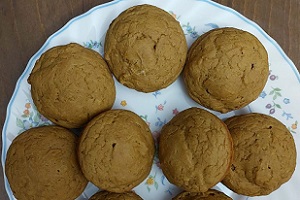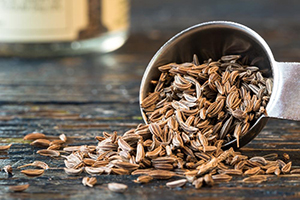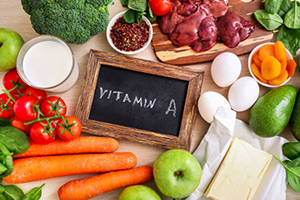By Setareh Kiumarsi
Yalda—this beautiful, symbolic transition from darkness to light—comes to us each year. By gathering with loved ones and sharing warmth, affection, and presence, we fill our hearts with joy, well-being, and connection. On this night, we often gather around a colorful table and, without much attention, enjoy one treat after another.
But alongside all its beauty, it’s important to practice a little Yalda self-care, too.
Let’s talk about watermelon, that vibrant red fruit we all know and love. I’ve written about watermelon in previous posts, but it’s worth revisiting here. Yalda falls in winter, and watermelon is an extremely cooling fruit—one of the best natural remedies for pitta-related (fiery) imbalances. That’s exactly why eating it in fall and winter is generally a bad idea.
Watermelon disrupts both vata (dry and airy) and kapha (cool and moist) doshas. It’s gassy, bloating, and causes water retention.
So, on the final night of autumn, it’s best to avoid eating watermelon if possible.
But Yalda without watermelon is hard, right?
If you just can’t say no, then at least follow the proper etiquette for eating it:
Watermelon should only be eaten on an empty stomach and never combined with any other food or fruit—not even melons like cantaloupe or honeydew. Otherwise, it may cause bloating or reflux. So eat it at the very beginning of the evening, before you dig into anything else. Then give your stomach at least half an hour to digest it before eating anything else.
While eating, chew a few of the seeds along with the flesh to support digestion. Another helpful tip: sprinkle a little salt and black pepper on top—both are traditional digestive aids.
Now it’s time for our beautiful jewel-like fruit: pomegranate. I’ve also shared thoughts about this wonderful fruit before, but let’s go over it again.
Pomegranate is considered one of the most balanced fruits. Unlike most fruits, which should always be eaten on an empty stomach, pomegranate can be eaten either before or after a meal. It’s cooling and dry in nature, and has anti-inflammatory properties. But if you have a naturally cold constitution, a slow metabolism, or an underactive thyroid, be cautious—pomegranate suppresses thyroid function and is actually a helpful remedy for overactive thyroid. So it’s best to eat it with a balancing agent.
What’s the best digestive support for pomegranate?
The thin white membranes that separate the seeds inside the fruit. When eating pomegranate, chew and swallow a few of those membranes with the seeds.
Or you can sprinkle some salt, cumin, or fennel seeds over the seeds to enhance digestion.
If you struggle with constipation, don’t chew the seeds. Pomegranate seeds are a natural laxative! Instead, just suck out the juice and either swallow or discard the seeds.
And of course, we can’t forget about Yalda nuts—that lovely bowl of assorted, rich, crunchy treats sitting in the middle of every gathering. Nuts and seeds like pistachios, almonds, peanuts, cashews, walnuts, hazelnuts, and sunflower seeds are full of flavor and energy. Do you also tend to eat them by the handful on Yalda night, unable to stop until the last seed is gone?
Nuts are warming and moist in quality and are rich sources of protein and fiber. Many people see them as a healthy snack and enjoy a couple of handfuls at once. But did you know that nuts are extremely dense, high in oils, and very heavy to digest, especially when eaten dry and in large quantities? Digestion can take hours.
So, what’s the proper way to enjoy these delicious treats?
Try not to eat more than 8–10 pieces of larger nuts like pistachios, almonds, cashews, or peanuts in one sitting. Eating a full bowl can overload your liver with fats, fill your digestive tract with undigested mucus, and cause breakouts.
For smaller seeds like sunflower, pumpkin, or watermelon seeds, try to limit yourself to no more than one tablespoon per serving.
The best way to lighten the impact of nuts on digestion is to soak them for a few hours. (Of course, we know that’s not always practical on Yalda night!) Soaking reduces their density, makes them softer, and much easier to digest.
If you soak almonds, always remove the skins before eating. The skin contains tannic acid, which interferes with nutrient absorption.
And here’s another tip: toss your nuts onto your Yalda night salad—especially if it’s a digestive salad. You can find recipes for these on the Ananda website. Nuts are heavy, oily, and slow to digest—but when combined with vegetables, the fiber in the greens acts like a sponge, absorbing the oils and making the nuts easier to digest and absorb.
We hope these tips help you enjoy the most nourishing, joyful Yalda night with your loved ones. May your winter be warm and your heart full of love.
Please be sure to credit the author, Setareh Kiumarsi, when sharing or republishing this article, which was written with love and the hope of well-being for all.







